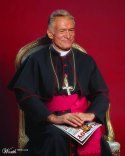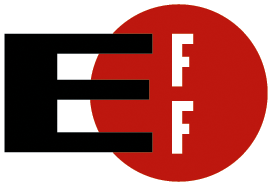News.com is running a pictorial report on photo manipulation. The old cliche "the camera never lies" is not true any more, and possibly never was.
There is also an interesting article about software that is being developed which can detect photo-manipulated images by looking for discrepencies in lighting and statistical anomalies at the pixel level.
Photo manipulation is (potentially) big business: as Gartner analyst L. Frank Kenney points out, the potential commercial and political gains from faked photos are huge:
"How much is the presidency of a country worth, or control of a company? People tend not to read the retractions," he said. "Once the stuff is indelibly embedded in your memory, it is tough to get out."
It is interesting to see the difference in photo manipulation strategies during recent American elections. For example, there were no shortage of photoshopped pictures of President Bush carrying "Presidenting For Dummies" or pretending to read books upside down: silly and obvious fakes. On the other hand, somebody faked a photo of John Kerry together with hated anti-Vietnam war protestor "Hanoi Jane" Fonda. Nobody really thinks George W. Bush can't tell when a book is upside down -- that's satire. But a photo of presidential candidate Kerry apparently sharing a podium with the woman who millions of Americans still consider a traitor... that goes beyond satire into outright dishonesty. If you can't find mud to sling, fake some.
I must admit I was rather disappointed with the manipulated images chosen by News.com. Too many of them were obvious fakes (which is not the same as being bad fakes) and the political implications were merely implied rather than discussed.
If you want to see highly imaginative and excellent quality photoshopped images, you could do far worse than to visit Worth1000.com and check out the contests. The possibilities are shown by entries like Paris Hilton's newest pet:

or Bishop Hugh Hefner:

[Click on images for full view]





No comments:
Post a Comment